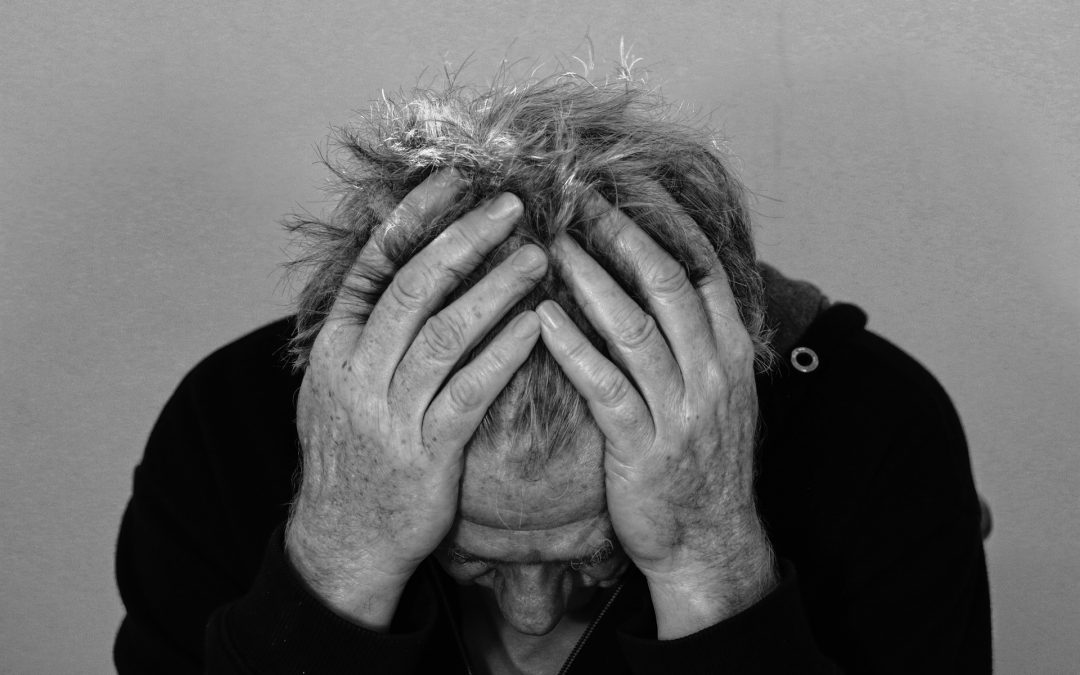As one of the most famous personality disorders, borderline personality disorder (BPD) has received a lot of attention in recent years. First, we must identify what it is. BPD is one of many personality disorders, which are a pattern of thought and behavior different than what is considered “normal” in the society an individual is from, causing lifelong difficulties. A personality disorder causes stress and will exhibit its characteristics across most, if not all, parts of the life of someone with a PD. Borderline, in specific, is a Cluster B personality disorder. To explain the jargon a bit more, it’s a personality disorder related mainly to emotions.
The Diagnostic and Statistical Manual of Mental Disorders, Fourth Edition, Text Revised (DSM-IV-TR) is essentially the psychologist’s manual for diagnosis and treatment. The DSM-IV-TR defines BPD with a list of nine criteria. At least five of the criteria must be met in order to check positive for BPD.
If you want the actual list, check out the actual text from the DSM-IV-TR, as well as some statistical info on BPD, check this out:http://www.borderlinepersonalitytoday.com/main/dsmiv.htm
If you want a general summary, someone with BPD suffers instability of thoughts and emotions. This can manifest itself in strained relationships, addictions, and intense irritability, more than anything. Of course, the actual list is more detailed and I encourage you to check it out if you are worried you or someone you know suffers from BPD.
Let’s not jump the gun here, though. I’m sure many of you will immediately accuse your boss or your significant other of acting like this. But we need to understand that the level of disorder is serious. A person with BPD isn’t someone who is simply cranky often and appears to have difficulty controlling their emotions. That’s a lot of people. Someone with BPD is someone who, without treatment, will find it intensely difficult to live their lives with their disorder. They cannot simply brush it off; they oftentimes cannot bear the difficulty of living with BPD and will have an emotional breakdown.
In my practice and outside of my practice, I have met many people with BPD. They showed more common threads than a generalized checklist. They often had similar problems across their lives related to their disorder, despite these issues not being on the checklist.
For example, people with BPD often report they see things as either black or white (dichotomous thinking). This form of thinking extends to people as well as objects. Worse, still, this also extends to their image of themselves. This is goes hand in hand with their unstable emotions; a flaw in something is magnified and makes the object or person as a whole flawed, imperfect, and tainted.
This is what leads to relationship issues. Their unstable views of themselves and others makes those who suffer from BPD go through extremely rocky relationships. It is not uncommon for a relationship with a BPD individual to have extreme ups and downs, as well as cycles of breaking up and getting back together. Having relationships can be tough, but it’s just as tough getting out of one if you suffer from BPD! The fear of abandonment is a crippling one for those who have BPD. This causes them to engage in several out-of-the-normal behaviors such as placing distance between them and their significant others, or being unnecessarily clingy. But, like any of the other common characteristics on here, this isn’t definitive and exclusive to BPD. People with other disorders or even with no disorder can present aspects of many of these characteristics.
It’s time we address the elephant in the room: the difference between borderline personality disorder and bipolar disorder. Many are quick to say someone who changes moods quickly and often is “bipolar” when they are truly not. Some of these people may just have anger issues, but sometimes this “bipolar” identification (by non-professionals!) is in reality BPD. Bipolar is classified by episodes of depression and mania (not the classical “happy” or “giddy mood” you’d think about, but more of a strange sense of overconfidence or recklessness). There are several subcategories of bipolar disorder, but they all entail a substantial amount of time between mood changes. Granted, there is a dramatic mood change, but it’s not instant and days to weeks can pass between changes.
BPD is distinct because the mood changes are immediate. A BPD-sufferer will experience extreme changes; I have heard of cases where a girl was crying out of joy and love for her mother one minute, and furious beyond control less than an hour later over minor transgressions. Being in a single mood won’t last longer than a few hours, as opposed to days in bipolar disorder. In addition, we have to remember the other symptoms we discussed over BPD.
If you feel these sound a bit like you or someone you know and love, consider consulting a professional. This disorder is as serious as any other, and requires treatment to improve one’s quality of life. But don’t be alarmed, either! We mental health professionals can take the proper steps to helping you achieve a healthier lifestyle!
Magda M Blanco,LIMHP,NCC
This is an excerpt of a book I am writing. All rights reserved.


Recent Comments